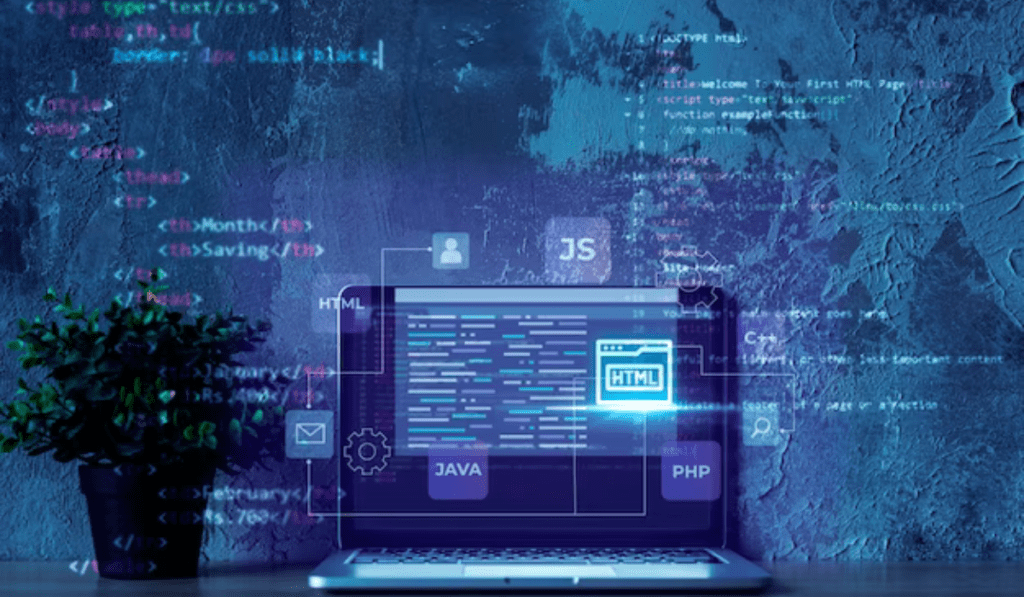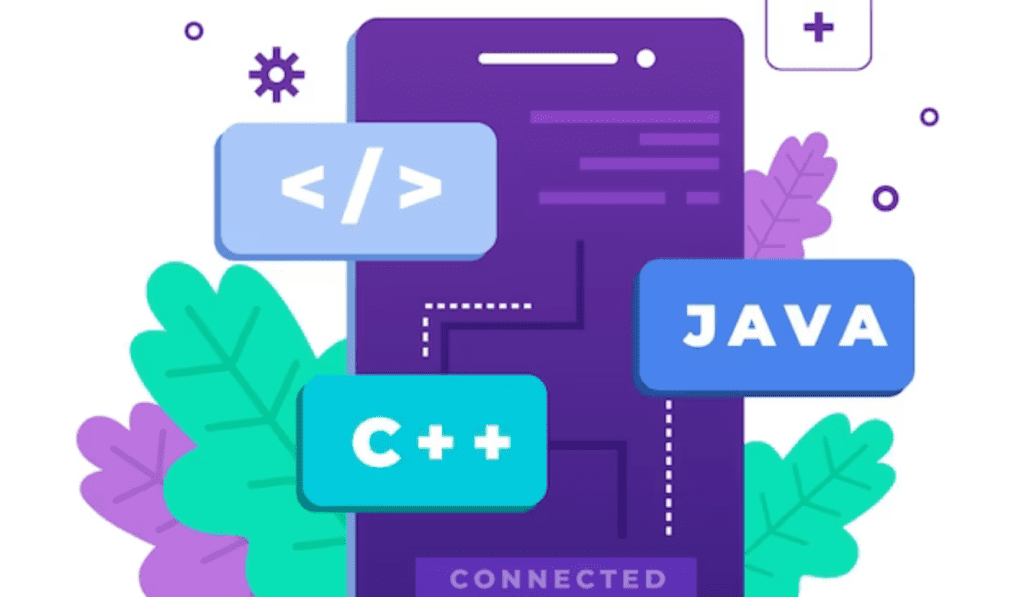Before preparing for Java developer Interview let’s try to find out what is Java developer and what does Java developer.A Java developer is a software developer with expertise in designing, creating, testing, and maintaining software applications using the Java programming language. Java is a popular object-oriented, platform-neutral programming language for creating enterprise, mobile, and web applications.The role of a Java developer can vary from full-stack development to backend development depending on the particular project and organizational requirements. They are essential to the development and execution of reliable, expandable, and maintainable software solutions.
What is Java?
Java is a concurrent, class-based, object-oriented programming language that was created in 1995 by Sun Microsystems (which was later acquired by Oracle). It is based on the syntax of C and C++. Though there are reportedly 9 million Java developers worldwide, the term “Java” may sound familiar to geography teachers and coffee enthusiasts alike. Java is one of the most widely used programming languages in the IT industry. Java is renowned for its effective processing speed in software, computer games, and applications for desktop and mobile devices—not to be confused with Javascript. It is widely used in the development of software and web-based applications for multiple platforms and is user-friendly even for novices, though it does require some practice to become proficient.

You might find the following fundamental Java developer interview questions helpful in your preparation:
1.Describe the ClassLoader.
One of the most important parts of the Java Runtime Environment (JRE) in Java is the ClassLoader, which loads Java classes into memory when the program is running. It handles locating and loading class files into the Java Virtual Machine (JVM). These files are usually stored in files or other resources. Java’s dynamic class loading and reflection features rely heavily on ClassLoaders.
Java ClassLoaders use a delegation model. The ClassLoader first forwards a request for a class to its parent ClassLoader. The process ends if the parent loads the class; if not, the ClassLoader tries to load the class directly. Until the class is successfully loaded or an exception is raised, this process keeps going up the hierarchy. Additionally, developers can design unique ClassLoaders to apply particular loading behaviors. With the help of this feature, classes can be dynamically loaded into the JVM at runtime, giving some applications more flexibility and extensibility.
2.Which Java memory allocations are available?
The Java Virtual Machine (JVM) controls memory allocation in Java, and memory is split up into distinct regions, each with a distinct function. Java developers must have a thorough understanding of these memory regions, particularly when it comes to garbage collection parameter tuning, memory-related troubleshooting, and performance optimization. Note that different Java versions may have different memory models and memory allocation mechanisms, so developers should know the details of the version they are using.
Heap Memory: The main memory region used for dynamic memory allocation is the heap. It is the storage location for objects and the instance variables that go with them.
Program Counter Register: The address of the JVM instruction that is presently running is stored in a tiny region of memory called the Program Counter (PC) Register. It varies depending on the thread.

Native Method Stack: The Native Method Stack is utilized for native methods, much like the Java stack. Through the Java Native Interface (JNI), native methods—written in a language other than Java, like C or C++—interface with Java.
Stack Memory: Local variables and method call details are stored in the stack memory of each thread in a Java application. Each frame in the stack memory corresponds to a method call. Every frame contains partial results and local variables.
3.What is Copy Constructor in Java ?
A copy constructor is a unique kind of constructor in Java that is used to make a duplicate of an already-existing object. It is in charge of setting the values of the previous object to the newly created object. Usually, the copy constructor copies an object’s attributes member-wise when it receives an object of the same class as a parameter.
Also read this -Basic question to be prepared for Data Analyst Interview
4.Describe is Object Cloning ?
In Java, the process of making an exact duplicate of an existing object is known as object cloning. A new instance of the cloned object has the same state as the original. There are a few ways to accomplish object cloning in Java, but the two most popular ones are by using the clone() method and by implementing the Cloneable interface.
5.Describe the difference between path and classpath variables
The “path” and “classpath” variables must be set correctly in order for a Java program to run. While the “classpath” variable enables the JVM to locate the required classes and resources during program execution, the “path” variable guarantees that Java tools and commands are available from the command line.
Path Variable:
A system environment variable called “path” lists the directories in which executable files can be found. The operating system searches the directories specified in the “path” variable for the executable file when you type a command in the command prompt (also known as the terminal).
In order to run Java tools and commands, like the Java Compiler and Java Virtual Machine, from any directory without needing to specify the full path to the executable, you must first set the “path” variable.
Classpath Variable:
A Java-specific idea called the “classpath” is used to indicate the location of user-defined classes and libraries (JAR files) that are needed at runtime by a Java application.
While the operating system uses the “path” variable to find executables, the Java Virtual Machine (JVM) uses the “classpath” variable to find classes that a Java program needs to run.
When executing Java applications, the -cp or -classpath option can be used to set the “classpath”. Directories holding JAR or compiled.class files may be among them.

6. Describe the final Keyword in Java
In order to prevent any other class from extending the class, the final keyword is used with it. The String class, for instance, is final and cannot be extended. Additionally, various techniques are employed with the final keyword to prevent any child classes from overriding it.
Moreover, the variable is made final and is only assigned once. Additionally, Java interface variables are final and static by default.
7.Describe marker interface
In Java, the marker interface is a design pattern that gives run-time object information. When there is no explicit support for metadata in a language, it offers an external way to add metadata with a class. It is used as an interface in a Java program that does not specify a method. A good illustration of a marker interface is the serializable interface.


